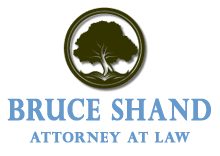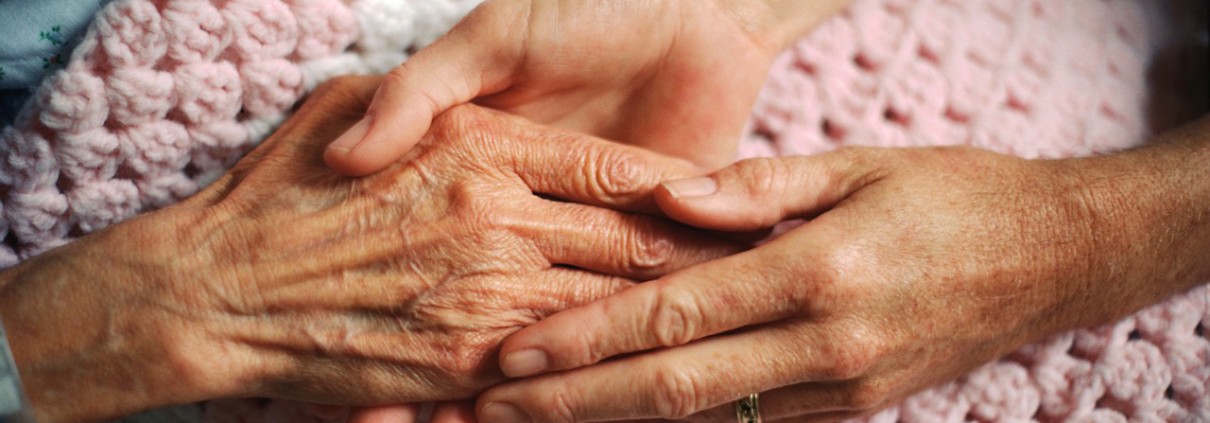Life, Death, Medical Ethics And The Utah Law
Two young females, both brain dead without warning, remain on ventilators while their devastated families challenge the judgments of their hospitals. In one situation, the family believes a miracle is possible, and wants to prolong the patient’s biological functioning. In the other case, the family wants to disconnect the patient to honor her wishes. But both families are facing obstacles.
It seems we only engage in a national conversation when something in the news brings us to a crossroads. The Karen Ann Quinlan case raised the issues about “right to die” in 1976. In 2005 we had the Terry Schiavo case. So it is with two recent medical cases making headlines over the often blurry lines between life, death, medical ethics and the law. How does one (or one’s family) navigate it all when confronting issues like brain death and life support?
CNN recently considered these two cases in the headlines and the surrounding issues in an article titled “When ‘life support’ is really ‘death support’.”
These two cases share at least two things in common: a patient pronounced “brain dead” and the wishes of their families thwarted by the law. In one case, the family of a young girl seeks to keep her on life support as they hold out for a miracle. Her family refuses to accept brain death as true death. In the other case, the husband of a pregnant woman seeks to remove life support, petitioning a court to allow his wife to pass away. However, the hospital is forced to comply with Texas law that outright bans the option.
These are difficult cases. While parents are responsible for their minor children, adults have the responsibility to make their wishes known through proper legal planning in advance. With the start of a new year, this would be an appropriate time to create, review or update your own advance medical directives. Be sure to take the crucial next step and discuss your wishes with your loved ones.
In 2008, the Utah legislature simplified the required language. The emergency medical and nursing community agreed to accept the form. You do not need an attorney to complete of the form. The form and instructions can be found at http://aging.utah.edu/_documents/utah-coa/directives/tool-kit-2012.pdf.
In the very least, this national conversation over these two tragic medical cases should stimulate conversation and action when it comes to your own life and those of your loved ones.
Reference: CNN (December 29, 2013) “When ‘life support’ is really ‘death support’”










Leave a Reply
Want to join the discussion?Feel free to contribute!